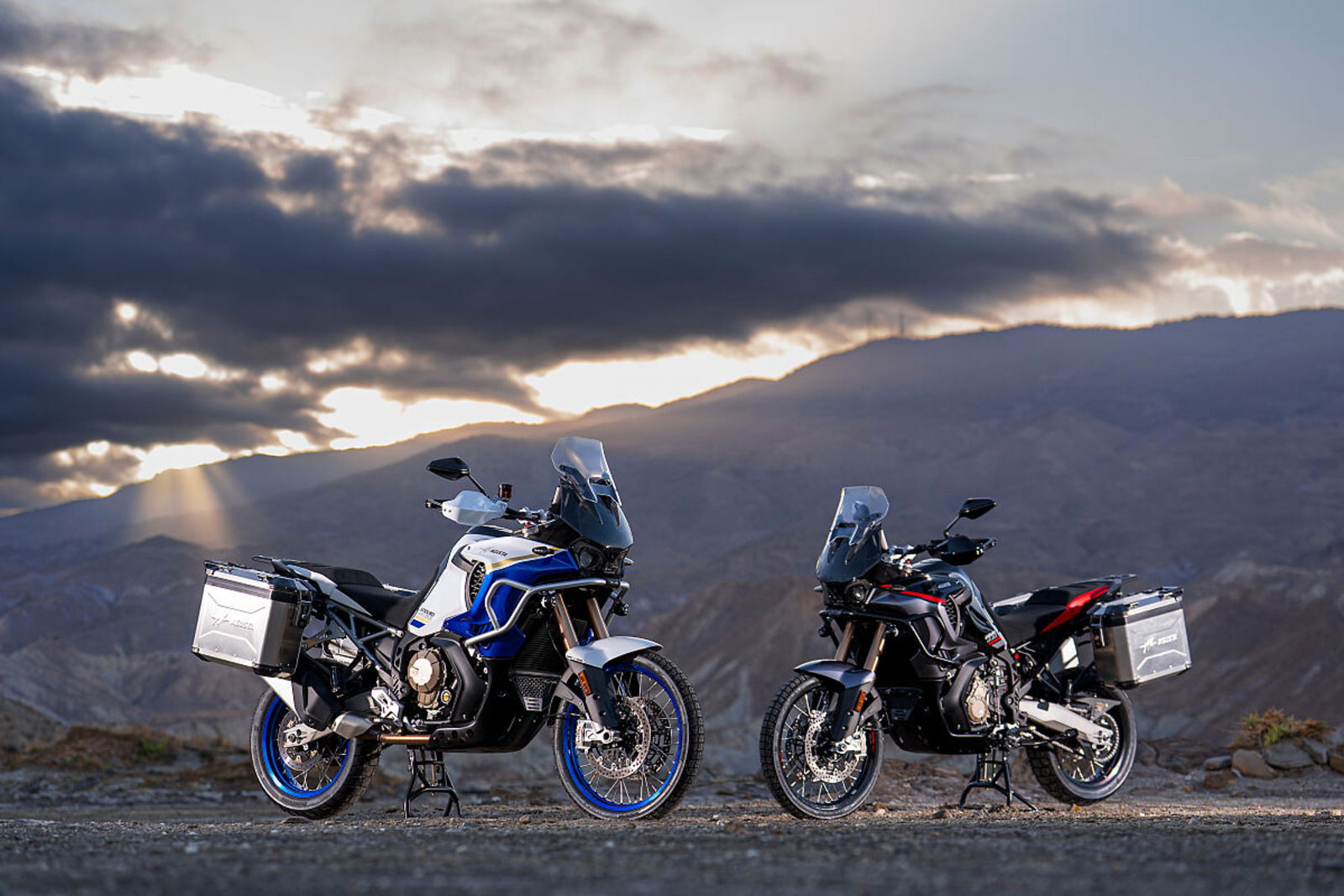Honda brings E-Clutch tech to popular 500cc models
Honda brings E-Clutch tech to one of its iconic 500 series of bikes.

Honda is bringing its E-Clutch technology to a trio of A2-friendly bikes: the CB500 Hornet, CBR500R, and the stalwart NX500.
In a modern world where one in four UK driving tests are being taken in automatic cars, it makes sense for Honda to be bringing this high-end tech to bikes aimed at newer/younger riders.
For a full explanation of the set-up, check out Editor Toad Hancock’s comprehensive guide to Honda’s E-Clutch system. But the short version is this: E-Clutch borrows elements from quickshifters and Honda’s Dual Clutch Transmission technology to create a transmission that allows riders to start, stop, and change gear without touching the clutch lever.
Honda says the technology “is designed to make motorcycling, from beginner right through to expert, even more enjoyable – and even more exciting.”
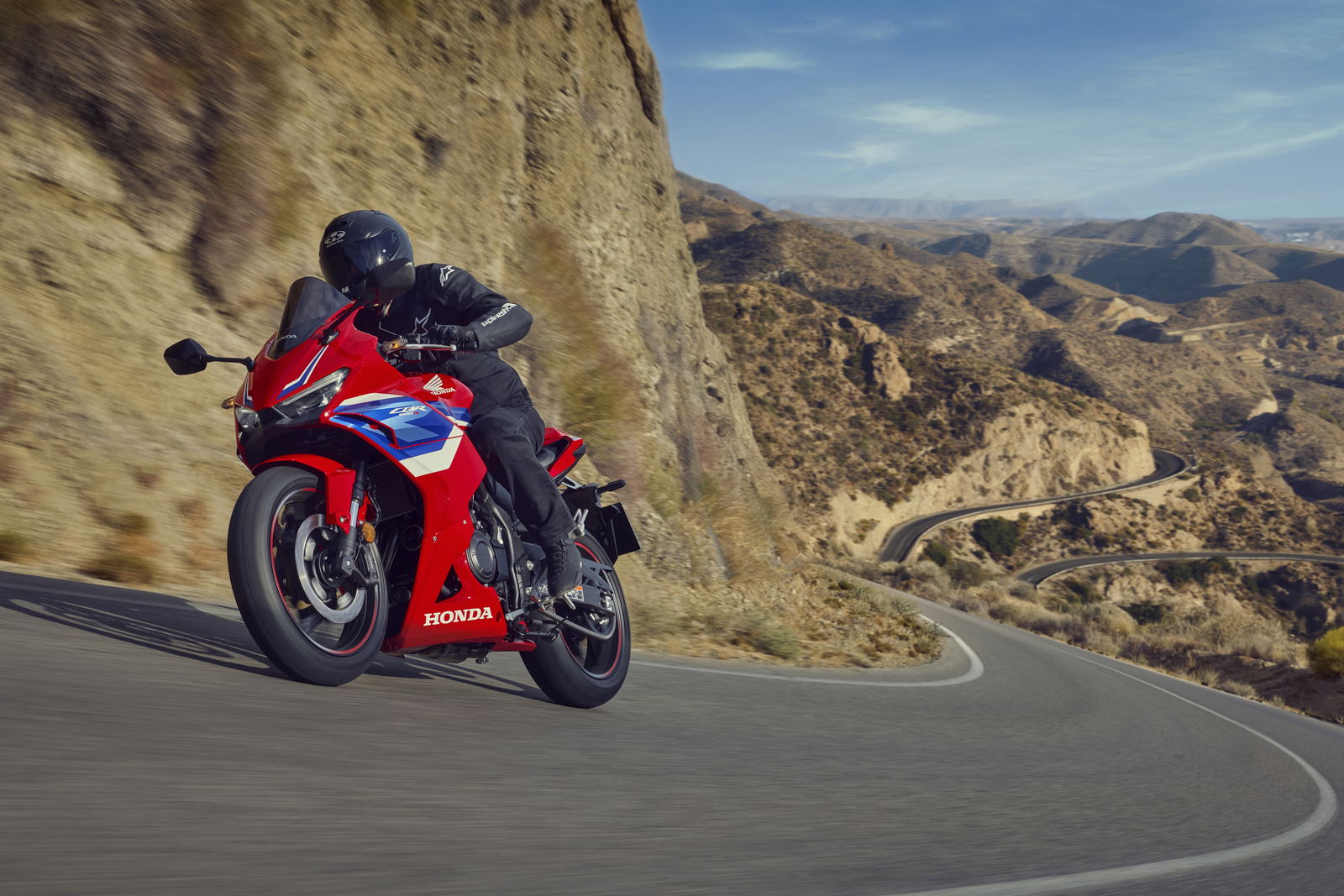
“In addition to enjoyment and convenience, Honda E-Clutch brings ultimate flexibility,” a media release from Honda states. “Should the rider wish, they are able to operate the clutch lever as normal at any time… Should the rider wish to turn off the system for a particular ride, this is also possible.”
The story of the three 500-category models receiving E-Clutch technology stretches all the way back to 2013, when Honda unveiled its game-changing A2-focused parallel-twin platform, powering the CB500F, CBR500R, and CB500X. All three managed to hit just right with riders, in terms of wallet and heart, and have gone on to be some of Big Red’s consistently most popular models.
For 2024, both the CB500F and CB500X received extensive updates and new names. The CB500F became the CB500 Hornet, and the CB500X became the NX500. All still driven by the same tried and true 471cc liquid-cooled parallel twin engine promising 47 bhp and 31.7 lb-ft of torque.
In 2026, the models all receive updates in addition to the E-Clutch system, and are still available without E-Clutch. Here are some details and specs about each of the updated machines:
2026 Honda CB500 Hornet

Equipped with a high-quality chassis specification that includes 41mm Showa SFF-BP USD forks, Showa rear shock, dual discs up front withfour-piston calipers and Honda Selectable Torque Control (HSTC), the CB500 Hornet is far from the ‘small’ bike that its 500 designation might lead some to believe.
With LED lighting, the CB500 Hornet also boasts a 5-inch TFT screen with Honda RoadSync smartphone connectivity, operated via a backlit 4-way toggle switch.
“The CB500 Hornet’s aggressive looks are inspired by the streetfighter DNA of its big sibling and was led by the design banner ‘Digital Dynamism,’” explains Honda. “A sensual form front to rear, it also offers mass contrast, with a ‘wedge’ silhouette weighted forward with very slim rear section, muscular fuel tank and sharp new nose cone fairing.”
A 785mm seat height welcomes riders of most leg lengths, while a claimed range of “over 485 km” (301 miles) from the 17.1-litre tank is impressive. Indicators are self-cancelling and the bike is equipped with the “why didn’t bikes have this sooner” (ESS) system that flashes hazard lights during a hard-stop situation - alerting vehicles behind you to the urgency of the situation.
The bike also comes standard with HSTC, which Honda explains as a feature that “manages rear wheel traction for increased peace of mind and a real boost for rider confidence. The system compares front and rear wheel speeds to detect rear slip and controls the fuel injection to smoothly reduce torque. HSTC can also be turned off completely if the rider wishes.”
Pricing starts at £6,399, with bikes set to arrive in dealerships early next year. More information can be found on Honda’s website.
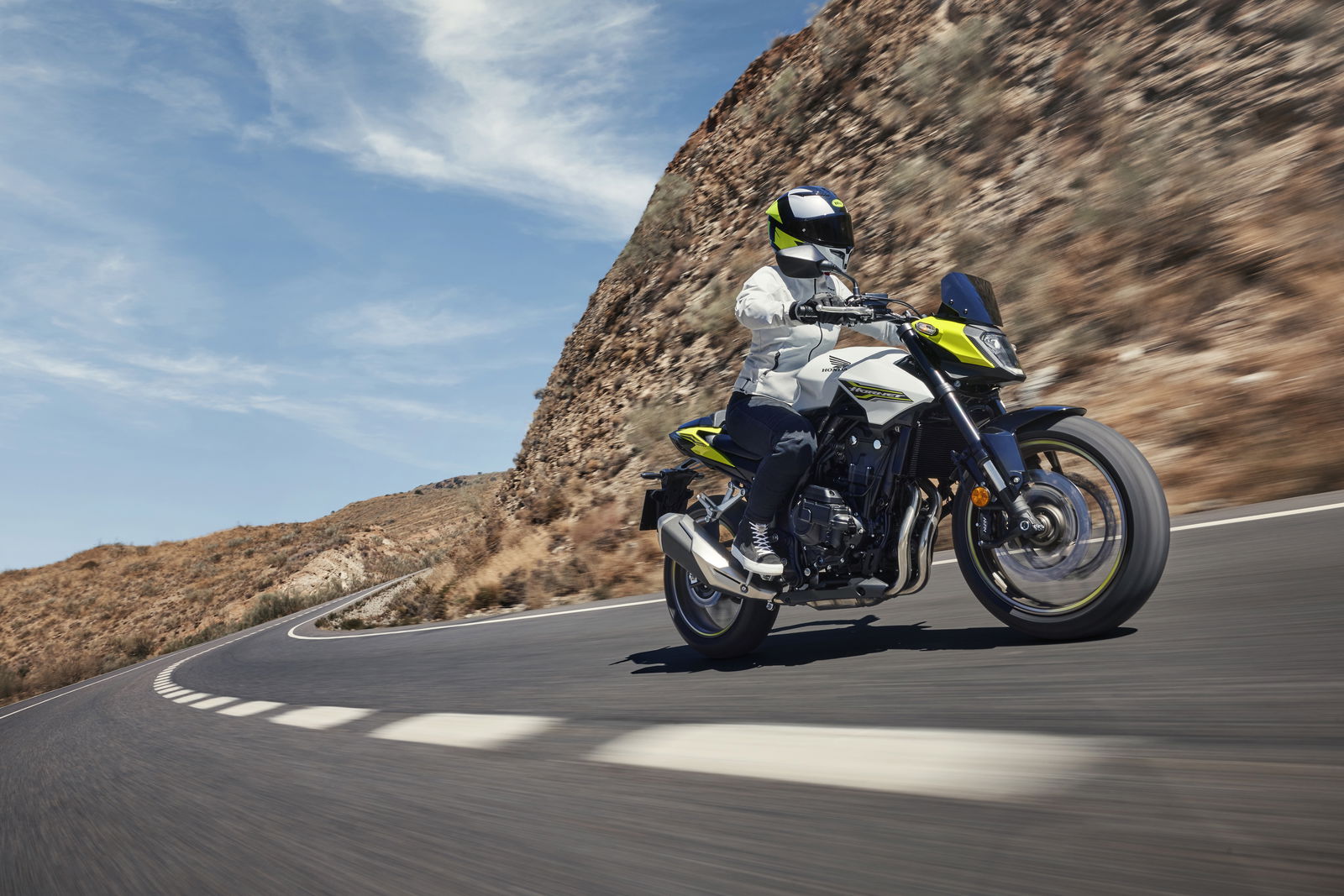
2026 Honda CB500 Hornet specs
Engine | 471cc liquid-cooled 4-stroke DOHC parallel twin |
Power | 47 bhp @ 8500 rpm |
Torque | 31.7 lb-ft @ 6500 rpm |
Top speed | 109.3 mph |
Fuel capacity | 17.1 litre |
Transmission | Six-speed |
Seat height | 785 mm |
Kerb weight | 191 kg |
Front suspension | Showa 41 mm SFF-BP USD forks |
Rear suspension | Prolink mono with five-stage pre-load adjuster |
Wheels Front | 17M/C X MT3.5 5Y-Spoke Cast Aluminium |
Wheels Rear | 17M/C X MT4.5 5Y-Spoke Cast Aluminium |
Brakes Front | Dual 296 mm x 4 mm disc with Nissin radial-mount four piston calipers |
Brakes Rear | Single 240 mm x 5 mm disc with single piston caliper |
2026 Honda NX500
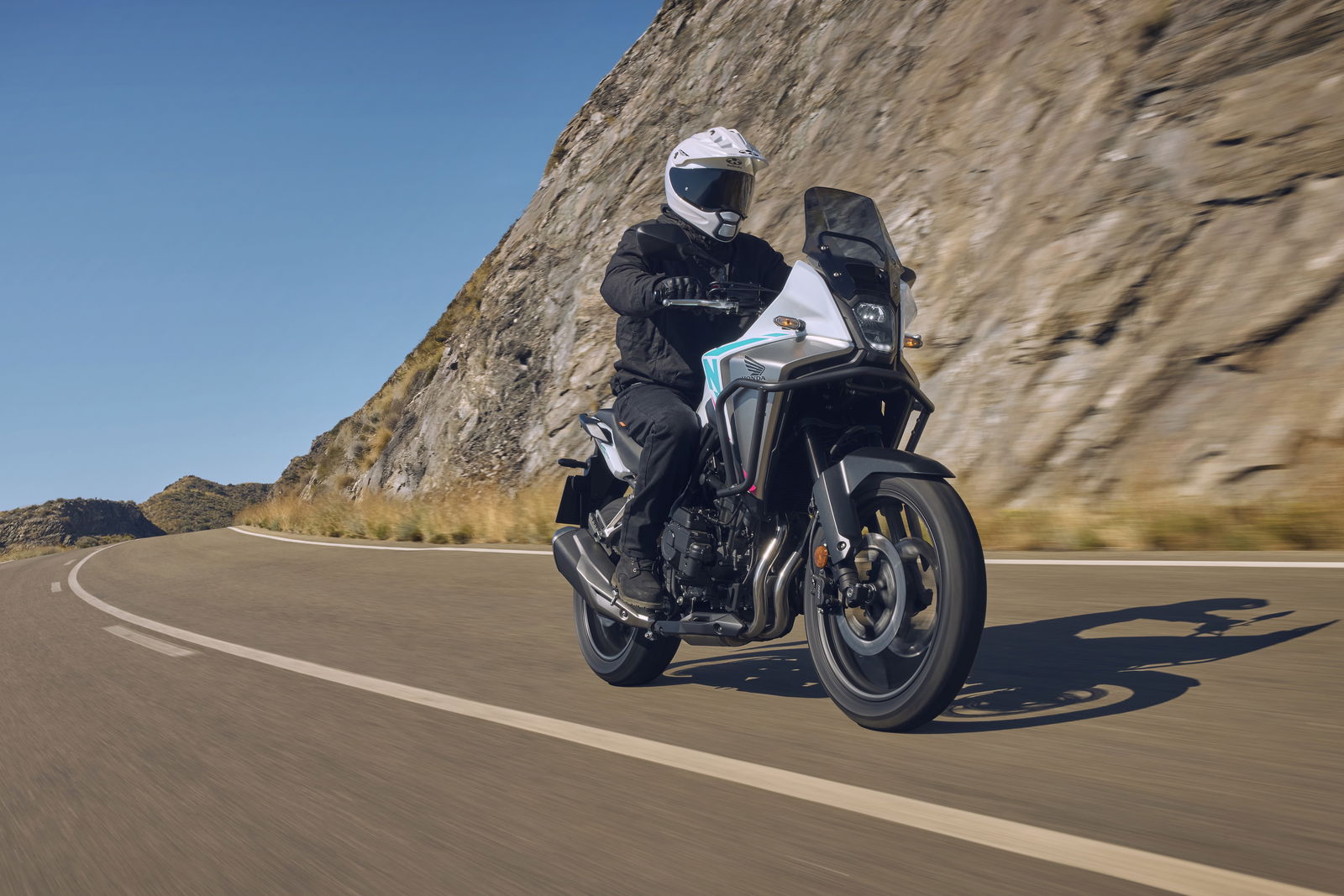
If you write about motorcycles for a living, you’re frequently the person that other riders come to with the “What bike should I get?” question. I can’t tell you how many times I have recommended the CB500X/NX500 as the answer to that question. In some ways, it’s the Miata of motorcycles.
As Honda itself says, the bike is “fun on a winding road, fun on a gravel trail and ready to go the distance.”
All of the tech and rider aids to be found on the CB500 Hornet are to be found here, as well. Plus you get a windscreen. The seat height is 830 mm, riding position is all-day comfy, and range from the 17.5-litre tank is about the same as with the CB500 Hornet, despite carrying some extra kilos in kerb weight: 199 kg, to be exact.
Capable of taking on a host of accessories to accommodate everything from the daily commute to a beer run to Tuktoyaktuk, the NX500 is offered in three new colour schemes for 2026: Mat Gunpowder Black Metallic with Pearl Bosporus Blue; Graphite Black with Matt Gunpowder Black Metallic; and Pearl Horizon White with Mat Crypton Silver Metallic.
Pricing starts at £6,999, with bikes set to arrive in dealerships early next year. More information can be found on Honda’s website.
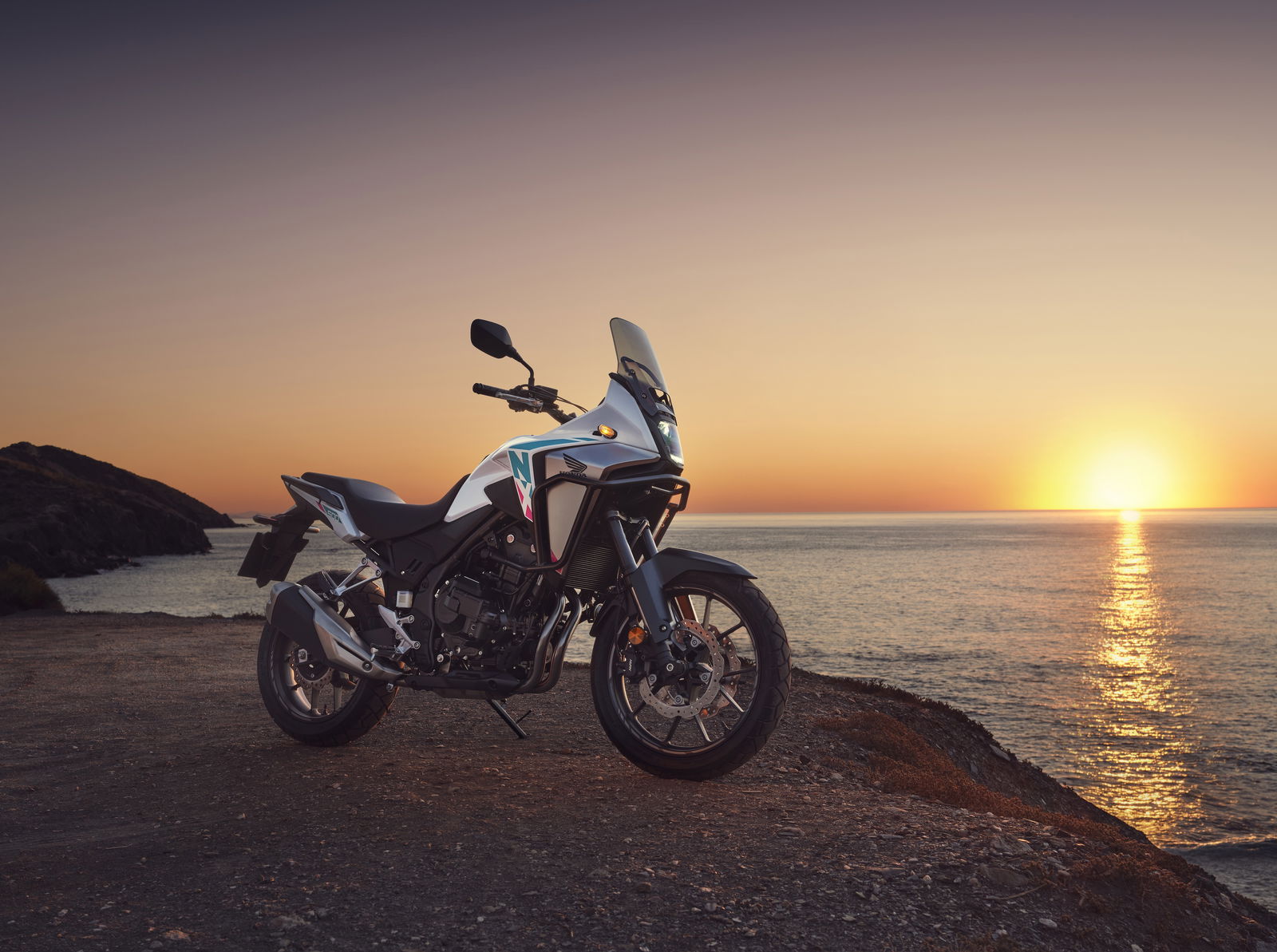
2026 Honda NX500 specs
Engine | 471cc liquid-cooled 4-stroke DOHC parallel twin |
Power | 47 bhp @ 8500 rpm |
Torque | 31.7 lb-ft @ 6500 rpm |
Top speed | 102.5 mph |
Fuel capacity | 17.5 litre |
Transmission | Six-speed |
Seat height | 830 mm |
Kerb weight | 199 kg |
Front suspension | Showa 41 mm SFF-BP USD forks |
Rear suspension | Prolink mono with five-stage pre-load adjuster |
Wheels Front | 19M/C X MT2.5 5Y-Spoke Cast Aluminium |
Wheels Rear | 17M/C X MT4.5 5Y-Spoke Cast Aluminium |
Brakes Front | Dual 296 mm x 4 mm disc with Nissin radial-mount four piston calipers |
Brakes Rear | Single 240 mm x 5 mm disc with single piston caliper |
2026 Honda CBR500R
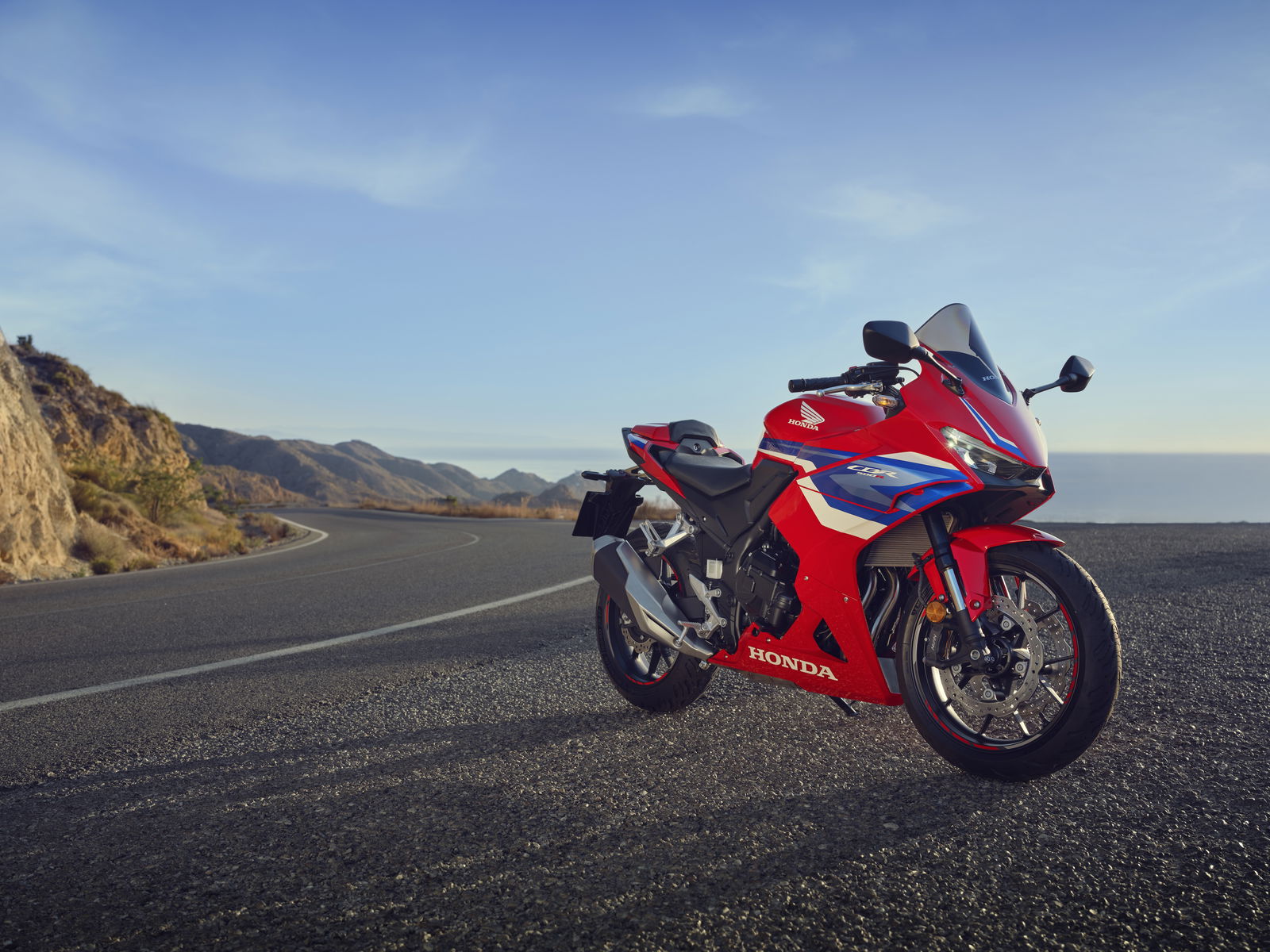
Once again offering all the tech and rider aids found in the CB500 and NX500, the CBR500R puts this usable formula into a racy package. Here, the E-Clutch technology takes on a new relevance, according to Honda.
“Honda E-Clutch technology brings a whole new edge to the bike, helping extract the most out of the A2-compliant, slipper clutch-equipped twin-cylinder engine,” it says in a media release. “By allowing riders to switch gear without operating the clutch lever, focus can remain on hitting the perfect lines through the corners.”
Bodywork inspired by the racing DNA of its bigger Fireblade sibling is also new to the CBR500R. The design includes winglets to direct airflow.
“This aerodynamic package contributes to a linear steering feel with increased feedback and feel for front tyre grip,” says Honda.
Dual LED headlights throw a wide field of light, improving your ability to see and be seen at night. And, most importantly, it is available in the iconic Honda Tricolour Grand Prix Red paint scheme. If you want to keep things subdued, the 2026 CBR500R will also be available in Matt Gunpowder Black Metallic with Graphite Black detailing.
Pricing starts at £6,899, with bikes set to arrive in dealerships early next year. More information can be found on Honda’s website.
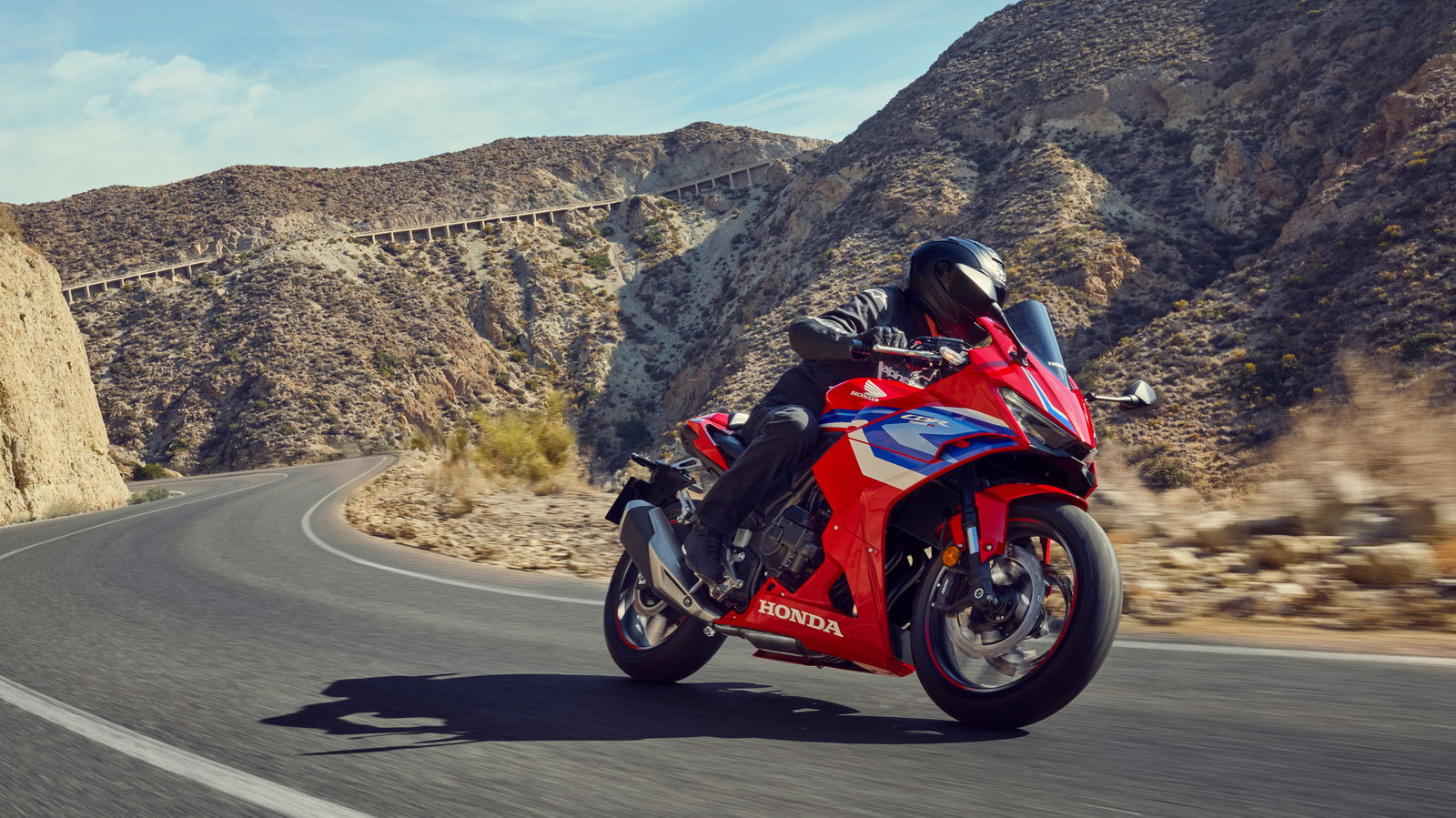
2026 Honda CBR500R specs
Engine | 471cc liquid-cooled 4-stroke DOHC parallel twin |
Power | 47 bhp @ 8500 rpm |
Torque | 31.7 lb-ft @ 6500 rpm |
Top speed | 109.3 mph |
Fuel capacity | 17.1 litre |
Transmission | Six-speed |
Seat height | 785 mm |
Kerb weight | 194 kg |
Front suspension | Showa 41 mm SFF-BP USD forks |
Rear suspension | Prolink mono with five-stage pre-load adjuster |
Wheels Front | 17M/C X MT3.5 5Y-Spoke Cast Aluminium |
Wheels Rear | 17M/C X MT4.5 5Y-Spoke Cast Aluminium |
Brakes Front | Dual 296 mm x 4 mm disc with Nissin radial-mount four piston calipers |
Brakes Rear | Single 240 mm x 5 mm disc with single piston caliper |
